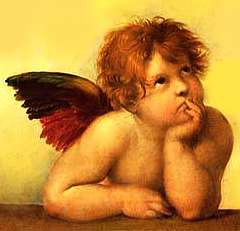In the vibrant and often secretive world of art, the value of a work lies not only in the artist's genius or historical importance but also in the frenetic pulse of the auction house. For us, the curious and art lovers, the astronomical figures are often a fascinating gateway to understanding the cultural and investment relevance of certain masterpieces. These are not mere paintings; they are monuments to modern history and testimonies of a market that defies logic.
Recently, the modern art universe was shaken by news that reaffirmed the immutable power of the great masters of the early 20th century: a work by Gustav Klimt shattered records, establishing itself as the most expensive piece of modern art ever sold at auction. But who accompanies this Austrian giant in the exclusive club of the five most expensive? Prepare for an exciting journey through the works that not only capture the essence of modernity but also that of the highest finance.
The Era of Modernism and Wealth on Canvas
Before diving into the ranking, it is important to understand what is considered "modern art" in this context. Generally, it covers movements ranging from Post-Impressionism (late 19th century) to the beginning of Pop Art and Abstract Expressionism (mid-20th century). It is a period of total break from tradition, where art becomes experimental, personal, and, as we shall see, incredibly valuable. The following works are not just expensive; they are turning points in art history.
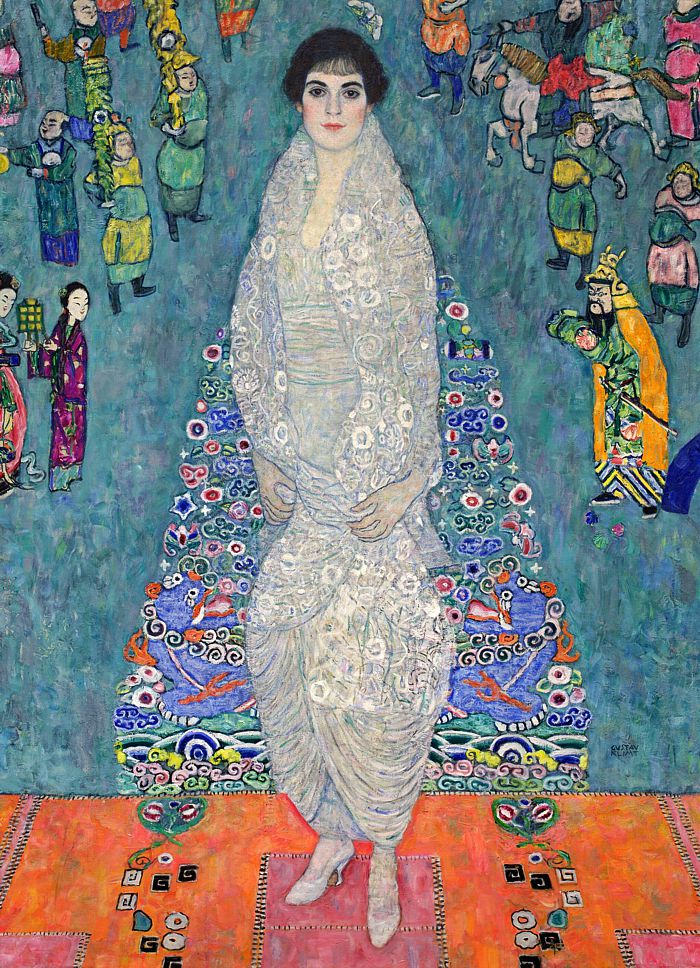
1. Portrait of Elisabeth Lederer, by Gustav Klimt
Sale Price: USD 236.36 million
Year of Sale: 2025
The peak of our list is held by this striking 1914-1916 portrait. Klimt, a master of Symbolism and a central figure of the Vienna Secession, captures the young Elisabeth Lederer with his unmistakable style, characterized by the use of decorative motifs and a subtle sensuality that seems to vibrate beneath the oil paint. The significance of this sale lies not only in the figure but in its history. The work, confiscated by the Nazis and later recovered by the family, carries the weight of a turbulent era, adding layers of emotional and historical meaning to its artistic value.
For newcomers, Klimt is synonymous with visual opulence, a bridge between academic art and abstraction. His work often explores themes of love, death, and female liberation. This particular portrait set a record for both the artist and the auction house, redefining the price ceiling in the modern segment and demonstrating that works with a complex and moving historical provenance continue to be the most coveted.
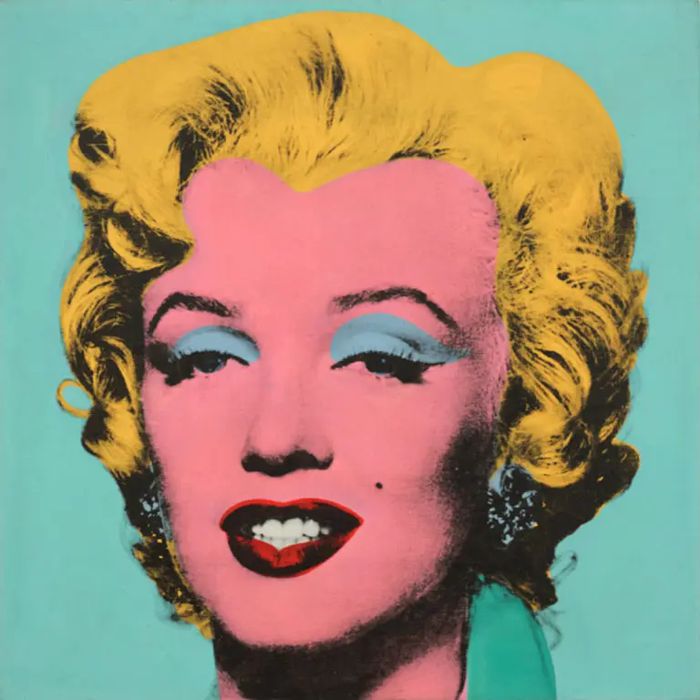
2. Shot Sage Blue Marilyn, by Andy Warhol
Sale Price: USD 195.04 million
Year of Sale: 2022
We jump from subtle Viennese Symbolism to the industrial cheekiness of New York Pop Art with this iconic image of Marilyn Monroe. Andy Warhol, the high priest of popular culture, transformed silkscreen printing into fine art, questioning the singularity of the artwork in an age of mass production. This piece, part of a series he made after the tragic death of the actress in 1962, is perhaps the most recognizable face in 20th-century art.
The value of Shot Sage Blue Marilyn is based not only on its fame but on its technical perfection and its powerful message about celebrity worship and death. That a mid-century Pop portrait fetched nearly 200 million dollars underscores that modern art has become the universal language of elite investment. Warhol is an accessible and vibrant figure; his work is an invitation to reflect on fame, reproduction, and consumerism, themes that remain incredibly relevant today.
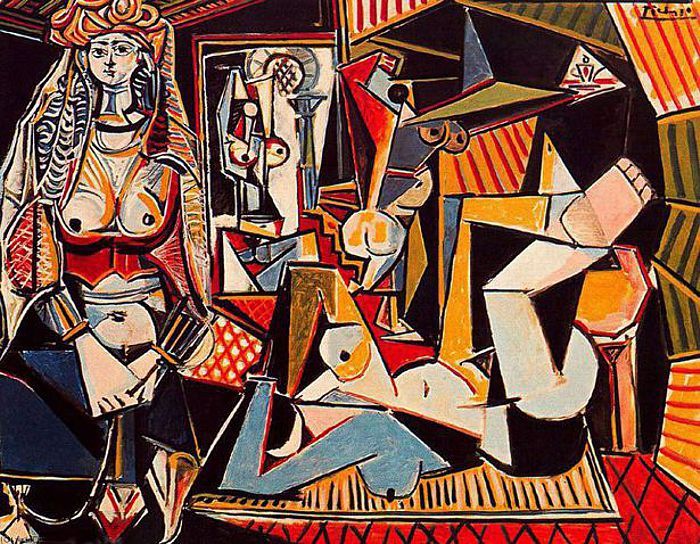
3. Les Femmes d'Alger (Version O), by Pablo Picasso
Sale Price: USD 179.36 million
Year of Sale: 2015
There can be no list of expensive artwork without the presence of Pablo Picasso, the Spaniard who redefined the very way of painting. This work, painted in 1955, is the culmination of a series of 15 versions the artist created, inspired by Eugène Delacroix's famous 1834 painting. "Version O" is a whirlwind of colors, angular lines, and fragmented bodies that encapsulate Picasso's mastery of Cubism and its later evolution.
Picasso never stopped experimenting. In Les Femmes d'Alger, he pays homage to the masters while imposing his modern and radical vision of composition. The sale of this painting marked a milestone at the time and cemented Picasso's position as the most dominant and collected artist in modern art. His ability to reinvent himself and his monumental impact on all subsequent movements make him a safe bet for major collectors seeking both history and visual audacity.
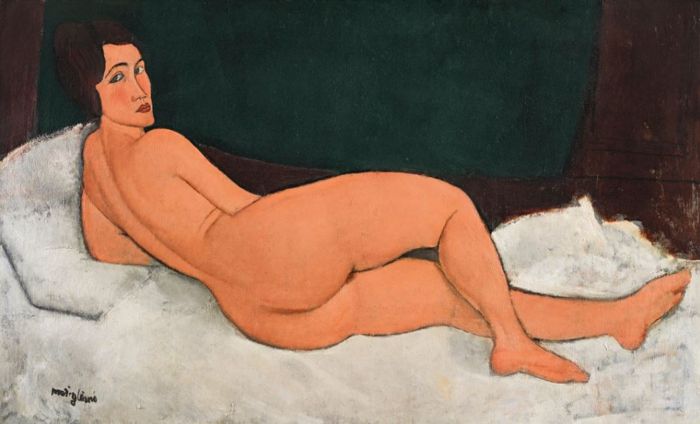
4. Reclining Nude (Nu couché), by Amedeo Modigliani
Sale Price: USD 170.40 million
Year of Sale: 2015
Modern art is also about scandals and tragic figures. Amedeo Modigliani, the Italian bohemian who worked in Paris and died young in poverty, created a series of nudes that, though scandalous in their time, are now revered for their elegance and modernity. Nu couché, painted around 1917, is a study of the female form using elongated lines, stylized necks, and empty eyes, characteristic of his style.
What makes Modigliani so special is his unique blend of Renaissance classicism with African primitivism, creating figures that are both sensual and distant. The painting sold for over 170 million dollars is one of the largest and most explicit works in this series. Its towering price is a tribute to Modigliani's posthumous genius, an artist who did not know fame in life but is now one of the cornerstones of any serious modern art collection.
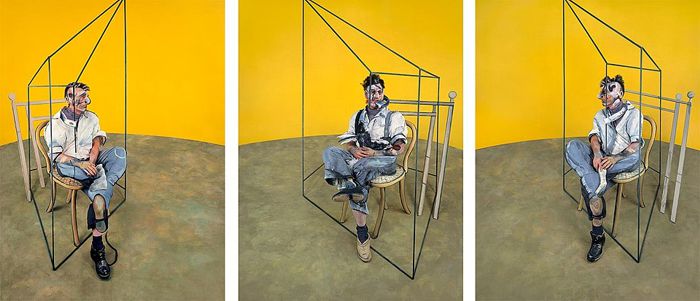
5. Three Studies of Lucian Freud, by Francis Bacon
Sale Price: USD 142.40 million
Year of Sale: 2013
Our list culminates with a triptych of unmatched emotional intensity and pictorial strength. Francis Bacon, the British painter of Irish origin, is the personification of post-war art seeking to confront the human psyche. This work, painted in 1969, captures his rival and friend, the fellow painter Lucian Freud, in three panels that disfigure and reinterpret the human figure in a claustrophobic space.
The record price this triptych reached in 2013 highlighted the importance of post-war contemporary art. Bacon's work is not easy: it is raw, existentialist, and visceral. But his ability to convey the anxiety and loneliness of the modern era, using figurative painting in a completely new way, established him as a master. A triptych of this scale, bringing together two of the giants of 20th-century British art (Bacon portraying Freud), holds a historical and artistic value that fully justifies its position among the most expensive works on the planet.
The Truth Behind the Million-Dollar Figures
These five paintings are not only the most expensive; they are the most representative of the forces that drove modern art: Klimt's aesthetic revolution, Warhol's cultural industrialization, Picasso's formal reinvention, Modigliani's tragic elegance, and Bacon's psychological confrontation. Their prices reflect the scarcity of masterpieces in private hands, the intensity of competition among global collectors, and, fundamentally, the worldwide consensus on the revolutionary genius of these artists.
For those new to the art world, these figures are more than just a record; they are an invitation to study and appreciate the magnitude of these creators. They are a reminder that the true life of art, though valued in millions, resides in the story they tell and the emotion they evoke, far beyond the final gavel strike of the auction.



